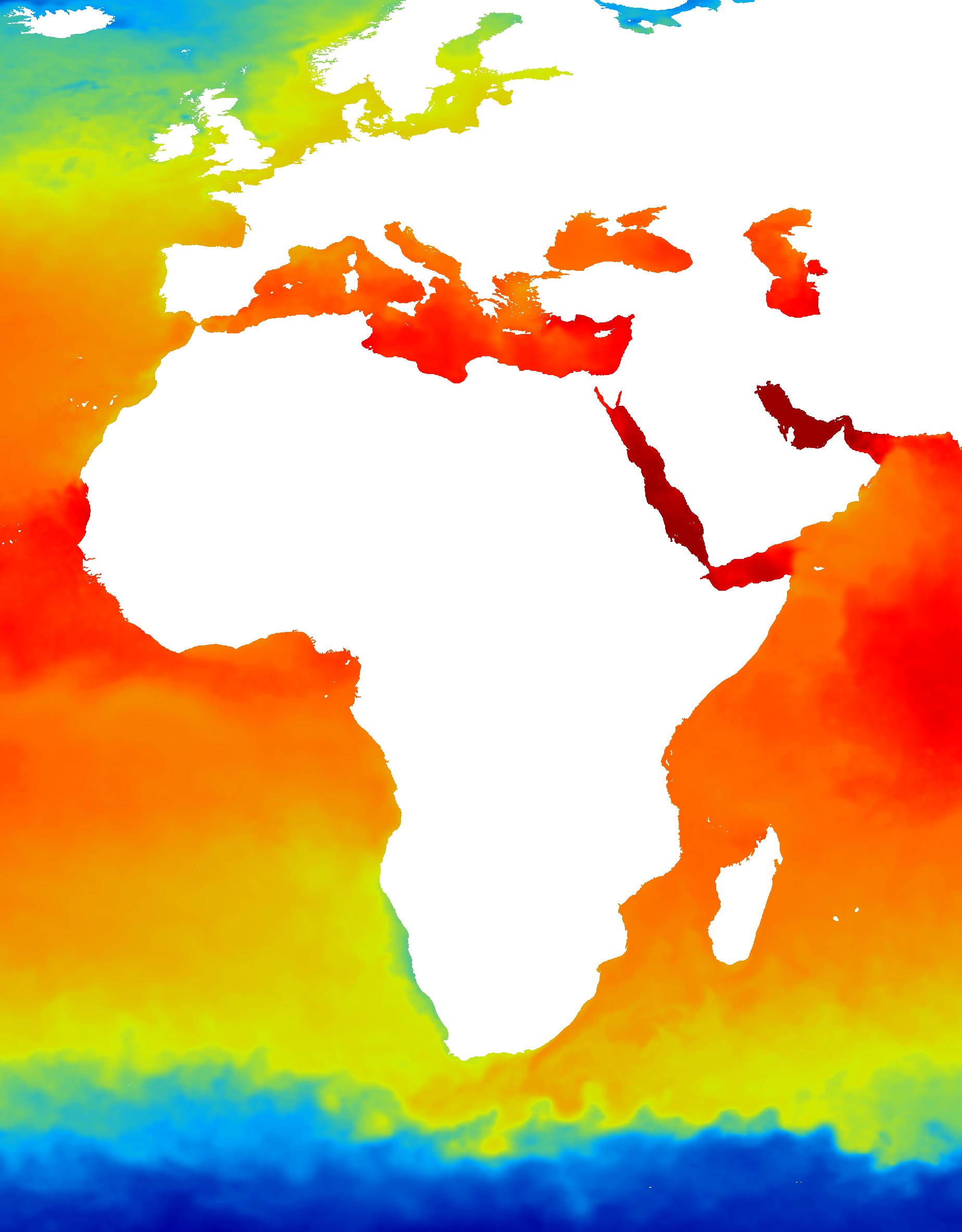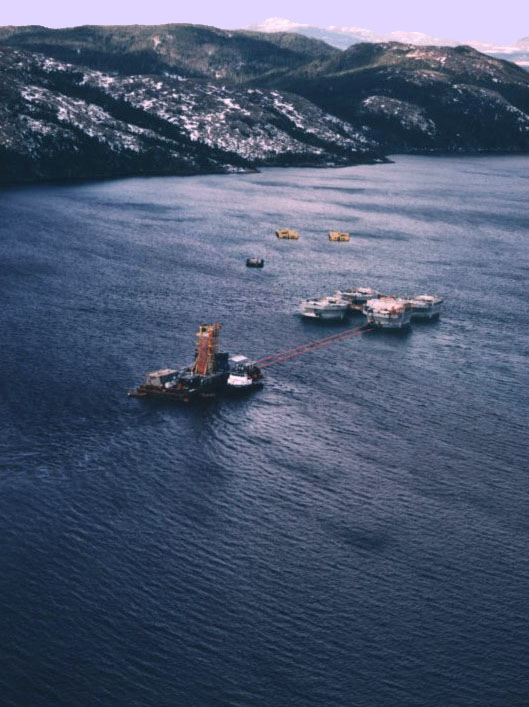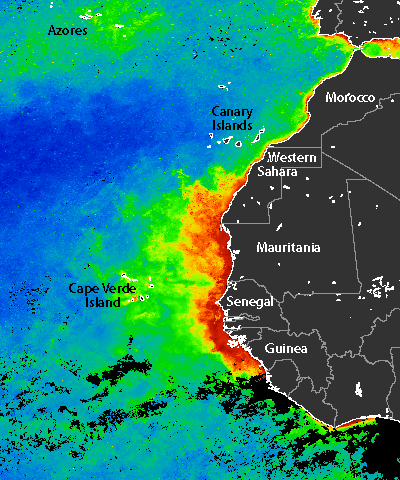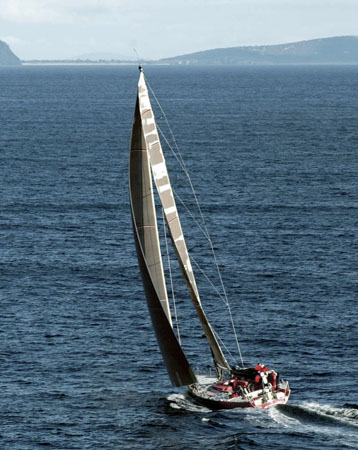Exercise 2: Imagine you are... what would you do?
Ocean forecasting and operational information services

Source: OSTIA
A. Ship scheduling
Your job in SEOS Oil involves planning the route to be taken by oil tankers from ports in the Arabian Gulf to an oil refinery in Rotterdam. Your companies ships are far to large to pass through the Suez Canal, and have to go round the Cape of Good Hope. Optimal engine speed is 14 knots.
- How would you plan the voyage to use wind and currents to your best advantage?
- What are your reasons for choosing this route over other alternatives?
- What are the main risks, and what can you do to avoid them?
- Would your choice be the same, regardless of season?

B. Selling marine information services
Your company supplies metocean information to shipping and marine industries. You are going to an oil and gas conference, where you will give a short presentation to potential customers. Your products include maps and forecasts of wind and waves, ocean currents and eddies, temperature and ocean colour.
- What are the most important points you would make in your presentation?
- How could your products help to save time and money while avoiding risks?
- How would would this support their strategy for corporate environmental responsibility?
- What examples would you choose to illustrate your points?
Conservation and resource management

C. Advising on resource management
You are working for the United Nations Development Programme (UNDP) setting up a sustainable management programme for the Canary Current Large Marine Ecosystem (CCLME). Your have to prepare a presentation for a ministerial meeting with for all the CCLME countries. The CCLME is a coastal upwelling system similar to the Benguela system, so you could include experiences from that LME, but you will need to relate these to the Canary Current region.
- What are the most important threats facing this productive ecosystem?
- What are your key recommendations?
- What examples would you choose to illustrate the benefits of collaboration?
Sports and leisure
D. Sailing round the world
In your gap year you and some friends plan to sail from Southampton on the south coast of England to Auckland in New Zealand, with a stopover in Cape Town, South Africa, where you have friends. Your return will continue around the world. With the right heading your yacht can reach speeds very close to those of the wind speed, but as with all sailing vessels, low winds are a particular problem.
- What route would you take to use wind and currents to your best advantage?
- What are your reasons for choosing this route?
- What are the main problem along the way, and how can you minimize these?
- What time of year would you choose, and why?

